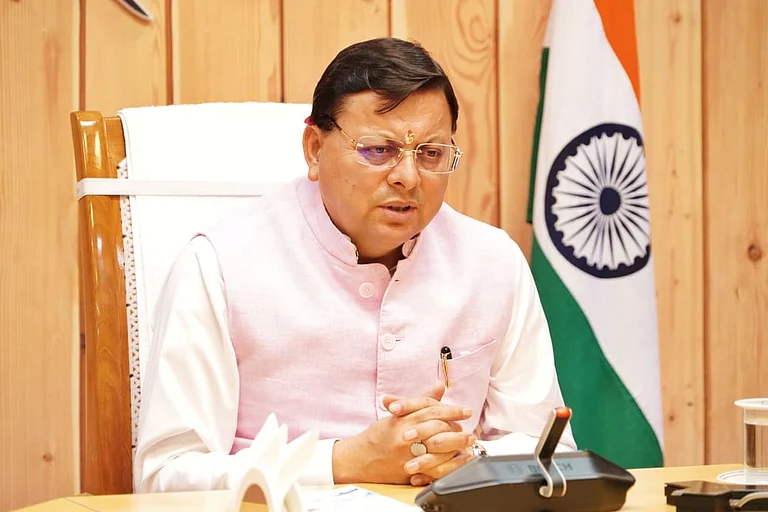The staff here is stretched to breaking point. The junior college section functions with just five teachers, one clerk, and a single peon. Several of the teachers have gone months without pay. Seventy per cent of the students are Adivasi, many from families struggling to meet basic needs, yet the school’s board exam results for classes 10 and 12 consistently touch 100 per cent. “What can we do for the girls?” asks principal Pradeep Kumbha, his voice carrying both pride and exhaustion. He knows his students’ successes come despite their circumstances, not because of them. There are too few benches, too little drinking water, and no dedicated facilities for girls. A small 5 kB solar panel, donated by Deepak Fertiliser company last year, powers parts of the campus, but electricity is hardly the most urgent of the school’s needs.







